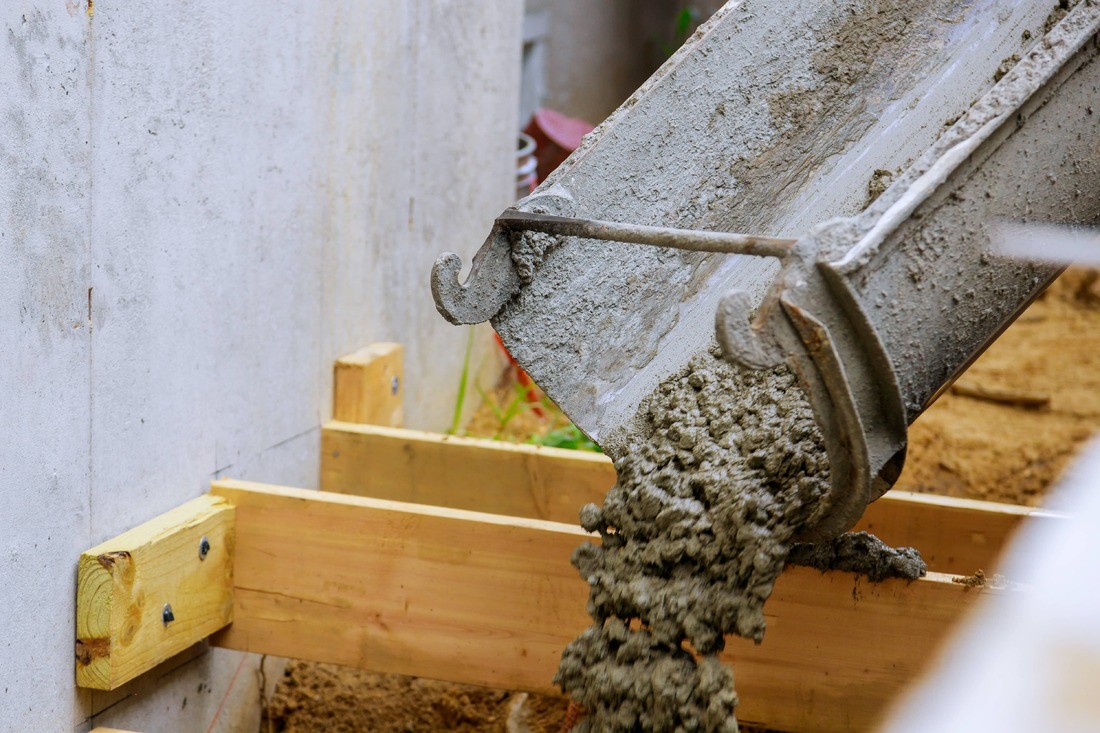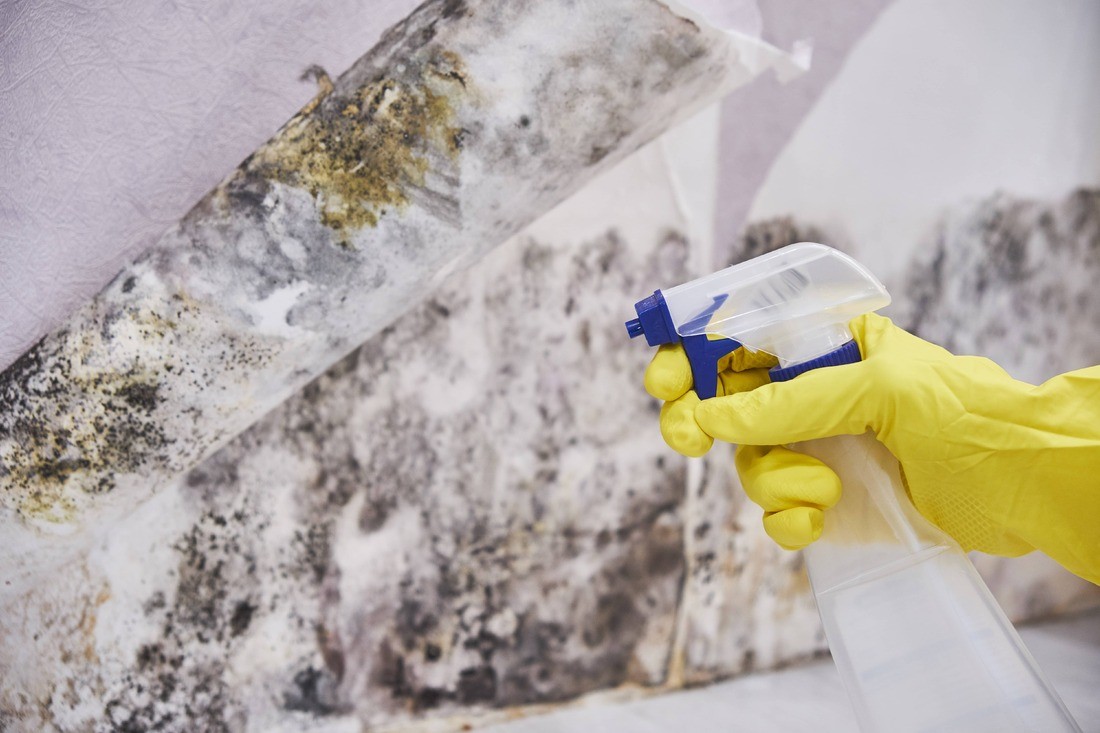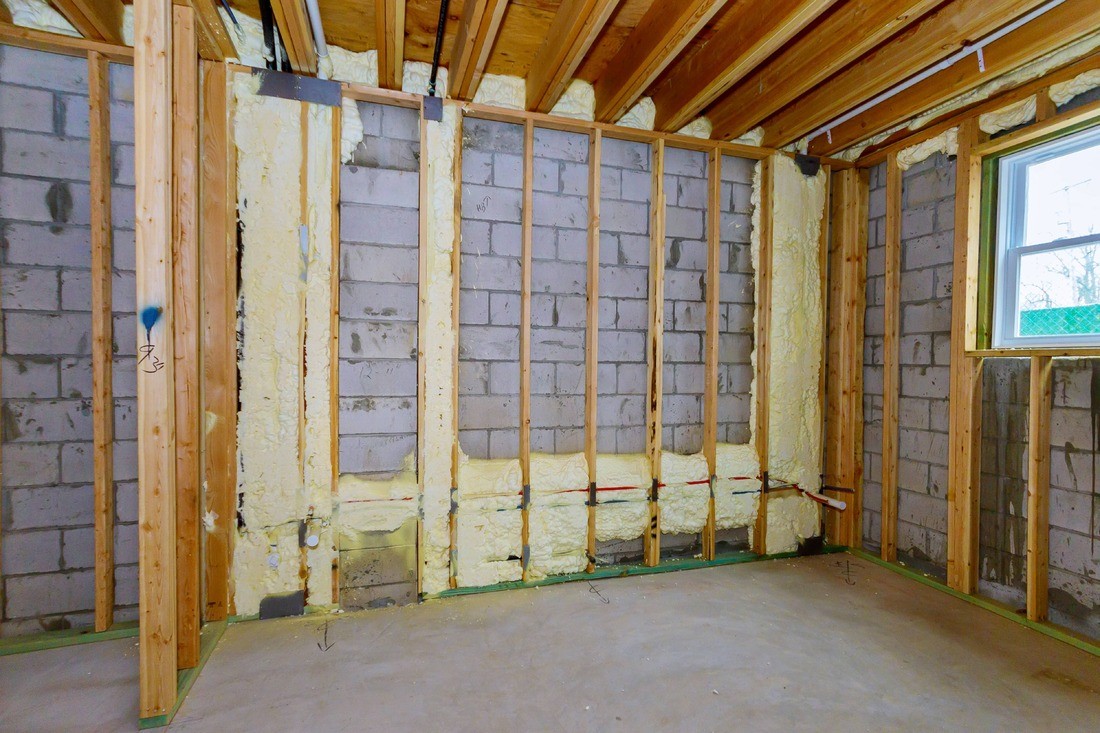
Understanding the Drying Time for Water-Damaged Basements
Water damage in basements can be a common occurrence, especially in areas prone to flooding or heavy rainfall. When a basement is affected by water damage, it is essential to understand the drying time needed for proper restoration. The drying time can vary depending on several factors, including the extent of the damage, the type of water involved, and the restoration methods used. This article will provide a comprehensive understanding of the drying time for water-damaged basements from various angles.
The Importance of Drying Time

The drying time is a critical component of the water damage restoration process. Proper drying is essential to prevent further damage, such as mold growth, structural issues, and the development of odors. Failure to adequately dry a water-damaged basement can lead to long-term consequences that may require more extensive and costly repairs.
Factors Affecting Drying Time
Several factors can affect the drying time for water-damaged basements:
- Extent of Water Damage: The severity of the water damage will impact the drying time. A small leak may require minimal drying, while a major flood may require extensive drying and restoration.
- Type of Water: The type of water involved can also influence drying time. Clean water from a burst pipe or rainwater may evaporate more quickly, while contaminated water from sewage backups or flooding may require additional time for thorough drying and disinfection.
- Climate and Humidity: Environmental factors, such as climate and humidity levels, can affect the drying process. High humidity can slow down evaporation, while warm and dry conditions can expedite drying.
- Structural Materials: Different building materials have varying levels of water absorption and retention. Porous materials, such as drywall or carpet, may take longer to dry compared to non-porous materials like concrete or metal.
- Restoration Equipment and Techniques: The equipment and techniques used for water damage restoration can significantly impact the drying time. Professional restoration companies employ specialized tools like industrial-grade dehumidifiers, air movers, and moisture meters to expedite the drying process.
Drying Time Estimation

It is challenging to provide an exact time frame for drying a water-damaged basement, as it can vary depending on the factors mentioned above. However, professionals typically follow a systematic approach to estimate the drying time:
- Inspection and Assessment: A thorough inspection is conducted to assess the extent of the water damage and identify any potential hidden moisture. This step helps determine the appropriate restoration plan and estimate the drying time.
- Water Extraction: Standing water is promptly removed using pumps or extraction equipment. This step is crucial to prevent further damage and expedite the drying process.
- Drying and Dehumidification: Industrial-grade dehumidifiers and air movers are strategically placed to create optimal airflow and humidity control. This step helps accelerate the evaporation process and reduce moisture levels.
- Monitoring and Moisture Testing: Throughout the drying process, professionals continuously monitor moisture levels using moisture meters and perform periodic tests to ensure proper drying. They adjust the equipment and techniques as needed based on the progress.
The drying time can range from a few days to several weeks, depending on the severity of the water damage and the effectiveness of the restoration process.
Conclusion
Properly drying a water-damaged basement is crucial for preventing further damage and ensuring a successful restoration. Understanding the factors that can affect drying time, such as the extent of the damage, type of water, climate, and restoration techniques, is essential. By working with professional water damage restoration experts, homeowners can minimize the drying time and effectively restore their basements.
What are the consequences of inadequate drying in water-damaged basements?
How long does it take to dry a water-damaged basement?
Source:
- Flooded Basement Cleanup: Who to Hire and Steps to Take
- How Much Does Basement Flooding Repair Cost In 2023?
- 6 things you need to do the day after a basement flood
- Basement Water Damage – Foundation Systems of Michigan
- What to Do After Your Basement Suffers From Water Damage
- What to Do if Your Basement Floods
Important facts and statistics about basement flooded water damage restoration and common household water damage include:
- Most homeowners will pay, on average, around $4,300 to repair a flooded basement. – Source: Water Damage Statistics [2023]: Claim Data & Facts
- Location Impacted: Eight of the state’s 21 counties, accounting for more than half the state’s population of 8.4 million at the time, were declared disaster areas: Bergen, Essex, Mercer … – Source: Flooding in New Jersey – National Weather Service
- Set Up: On September 16, the remnants of Hurricane Floyd intersected a stalled front and dumped more than 8 inches of rain in 12 of New Jersey’s 21 counties. The hardest hit area was the Raritan Basin. – Source: Flooding in New Jersey – National Weather Service
- Once the restoration professionals find the source, they will fix it and form a restoration plan based on the level of flooding and damage. – Source: 10 Steps Used by Professionals to Restore Flooded Basements, Hurricane Sandy (National Page) Documentation and hydrologic analysis of Hurricane Sandy in New Jersey, October 29-30, 2012
- We Accept All Major Insurance Companies Including CALL NOW: 888-593-2231 Basement Water Damage Restoration Services Near Chicago Do you have water in your basement after it rains? – Source: Basement Water Damage Restoration | @@ Network of Restoration Companies
For more information about basement flooded water damage restoration and to get professional assistance, you can visit the website of JGW Group Water Damage Restoration Las Vegas.



